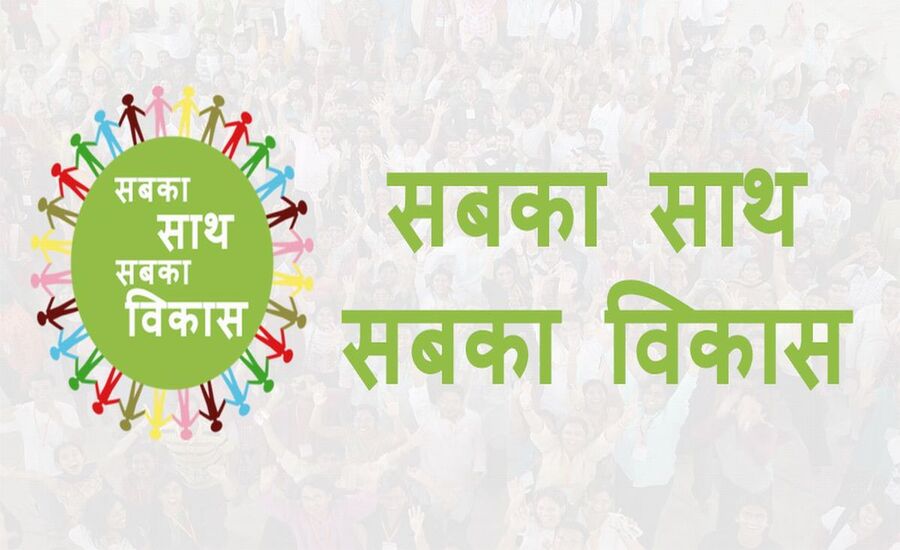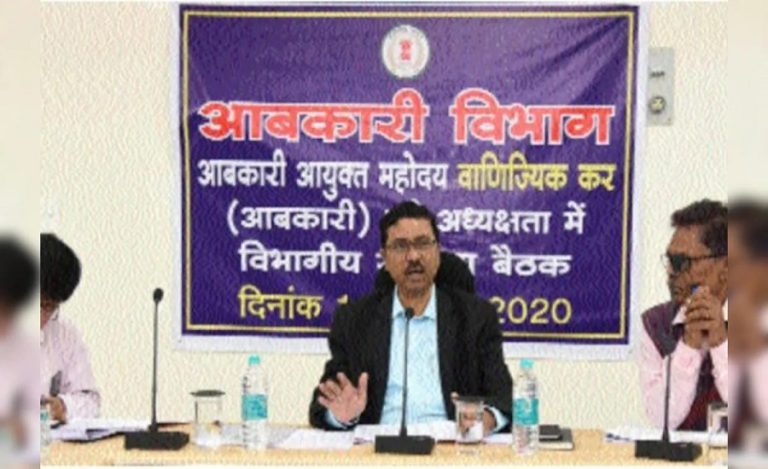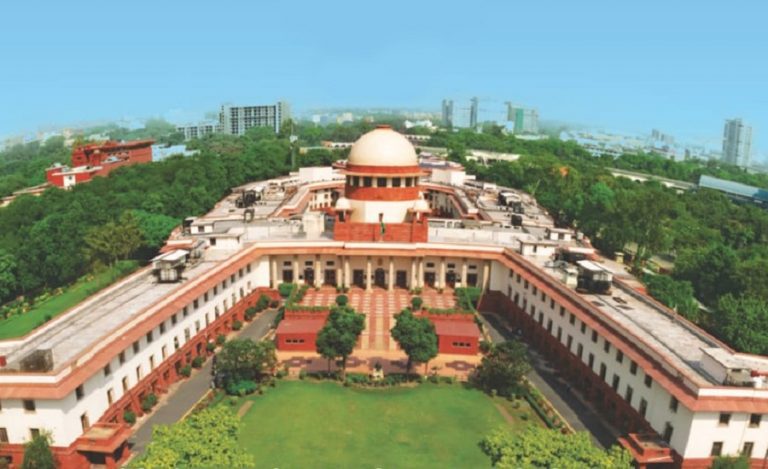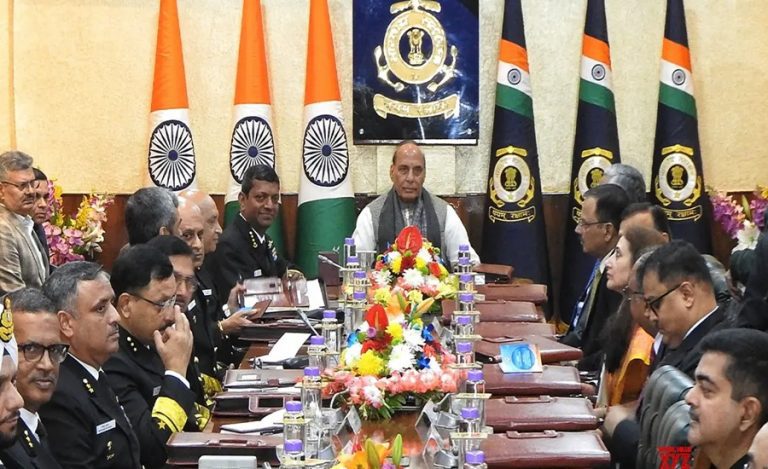New Delhi: On 24 October 2025, the Press Information Bureau (PIB) of the Government of India released a press bulletin announcing that the Ministry of Panchayati Raj is launching a nationwide cinema screening of a two-minute Public Service Awareness (PSA) film titled “Sabki Yojana, Sabka Vikas” as part of the People’s Plan Campaign 2025‑26 (PPC).
The objective of Sabki Yojana Sabka Vikas film screening
To encourage people’s participation in the preparation of Panchayat Development Plans for FY 2026-27 and reinforce the vision of inclusive, participatory development at the grassroots level.
What’s Happening
Starting 24 October 2025, the PSA film will be screened across cinema theatres in India, every day until 6 November 2025, before movie screenings and during the last five minutes of the interval period.
This will apply except in states where the Model Code of Conduct is currently in force.
The film is short (two minutes) and carries a clear message: “every citizen has a vital role in shaping the agenda of development at the grassroots level.”
The campaign ties into the People’s Plan Campaign (PPC) which was rolled out on 2 October 2025 across all states and UTs.
Under the PPC, Panchayats prepare evidence-based and inclusive Panchayat Development Plans (GPDPs, BPDPs, DPDPs) aligned with local priorities and national goals.
Since 2019-20, more than 18.13 lakh Panchayat Development Plans have been uploaded in the eGramSwaraj portal—including 2.52 lakh for 2025-26 exercise.
Importance of Sabki Yojana Sabka Vikas film screening
The screening of this awareness film in cinema halls is significant for several reasons:
- It leverages mass-reach of theatres across India to spread the message of participatory planning.
- It aligns with the government’s push for jan-bhagidari (people’s participation) and ensuring that government schemes are saturated into the grassroots.
- By encouraging active citizen engagement in Panchayat Development Plans, it strengthens grass-roots democracy and local self-governance.
- The film-screening aligns with a larger process (PPC) that emphasises inclusion, evidence-based planning, and alignment with national development goals.
- Engaging citizens through a simple media channel (cinema) helps bring scheme awareness and governance outreach into everyday life.
Key Details & What to Watch
- The screening is time-bound: 24 Oct – 6 Nov 2025.
- It will play before the start of the movie AND during the last five minutes of the interval period at theatres.
- Only in states not under Model Code of Conduct at this time.
- The film’s message: every citizen’s role matters in shaping development through their Panchayat.
- The larger campaign (PPC) is about localised planning: Panchayat to district level, aligning schemes with local needs.
- The official count of uploaded plans (18.13 lakh+) signals scale and urgency.
Implications & How People Can Engage
Citizens: When you visit a cinema theatre during the screening period, watch out for the PSA film and reflect on how your voice in local Gram Sabha or Panchayat planning matters.
Panchayats / Local Bodies: Use the film as a prompt to organise Gram Sabha meetings, emphasise community participation, and upload development plans via portals like eGramSwaraj.
Read also: MNRE Invites Creative Minds to Design Official Logo for National Green Hydrogen Mission
Civil Society / NGOs: Can support awareness campaigns, help citizens understand the link between schemes and local development, and encourage submissions for AY 2026-27.
Policymakers / Administrators: Leverage media (cinema halls) as an outreach channel to deepen scheme awareness and broaden participation in rural governance.
What Comes Next
After the screening period, the impact of the campaign could be evaluated:
- Did citizen participation increase? Did more Gram Sabhas happen?
- Monitoring how many Panchayat Development Plans are prepared for FY 2026-27 and how inclusive/evidence-based they are.
- Further outreach campaigns may follow, linking schemes, awareness films and community engagement to build on momentum.



























